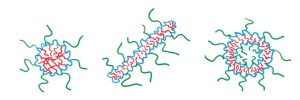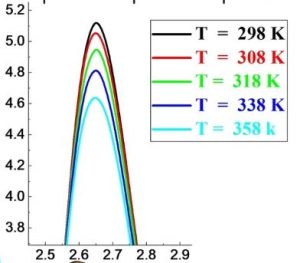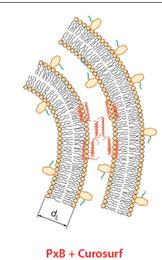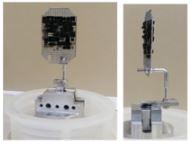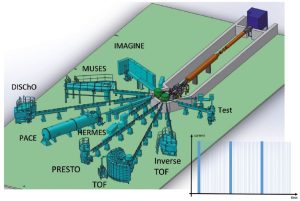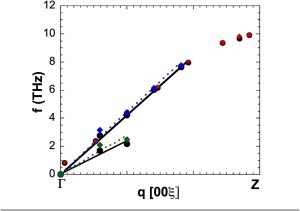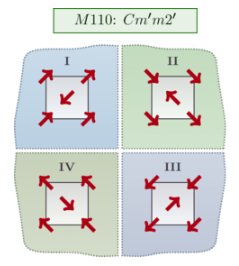De par leur activité de Recherche Fondamentale, les chercheurs de l'IRAMIS sont très présents autour des Grands Instruments de la Recherche français et étrangers : le Laboratoire Léon Brillouin (LLB), au sein de l'IRAMIS, et l'Institut Laüe-Langevin, les synchrotrons (SOLEIL, ESRF, ELETTRA….) ou encore le GANIL avec les sources d'ions du CIMAP.
Les plateformes LASER du LIDYL font parties de LASERLAB-EUROPE (Integrated Initiative of European Laser Research Infrastructures). Les compétences en neutronique du LLB contribuent à la réalisation de 6 instruments autour de la source de neutrons européenne à spallation ESS.




